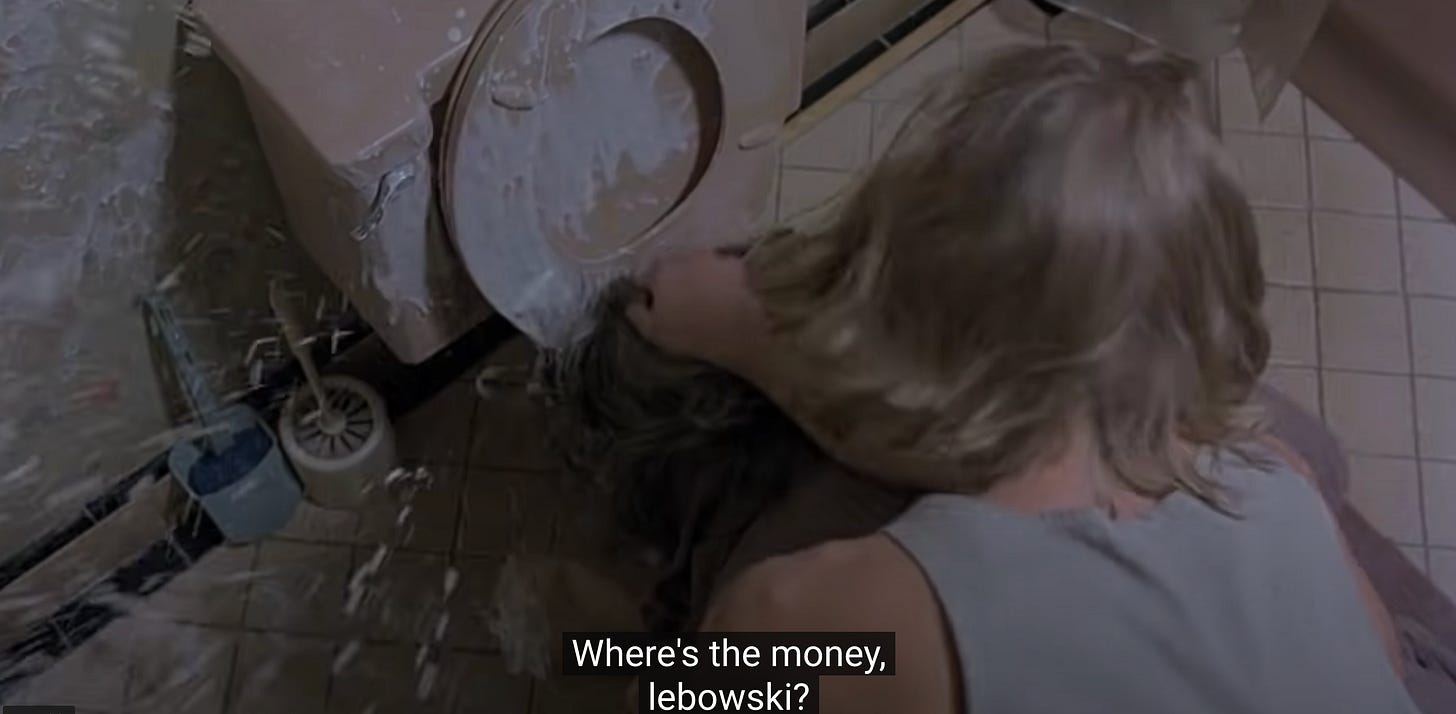Build In Silence (Something Viable)
Everybody talks about sustainability. Sustainable this, sustainable that. Sustainability is annoyingly associated with “green” practices and environmental-friendly processes. Startups love to spice their websites up with a good dose of the ‘sustainable’ word here and there. If a picture of someone holding a plant seen from above can be added, even better. Randomly pick a startup from anywhere in the world and ask if they are sustainable, they will say yes, of course we are. Sure, there’s nothing especially wrong about at least trying to be sustainable.
Along with sustainability, another important characteristic of an organization—and seldom discussed—is its viability. Oxford Dictionary defines viability as “the fact that something is capable of developing and surviving independently”. Although not exactly synonyms, sustainability and viability are two complementary factors.
In a viable organization, growth is not a goal per se but a side-effect. A viable organization obsessively seeks for a self-sustained revenue stream early in their life cycle stage, and reinvests early profits for organizational development, this is, improving the product, processes and tools to scale without necessarily increasing its internal complexity.
But too many orgs worldwide follow a different approach: asking for the money from elsewhere. This is an interesting conundrum seen in many domains: you either get where you want slowly, thanks to your independent sweat and effort. Or, alternatively, you fast-track your way there by means of some extra ‘push’. Same way someone wanting to increase muscle mass can lift for months only to see infinitesimal progress in the mirror versus taking some steroids. Or someone wanting to win the Tour de France by training for years under rain and cold wind versus adding a tiny, hidden motor.
Although angel and seed funding remain crucial for many small orgs to “ignite” and break the ice, nowadays the mainstream mindset out there is about continuing collecting money in discrete steps to keep the business going, just like a stoker continuously shovels coal in the boiler in discrete steps to keep the locomotive running.
By fundraising like there is no tomorrow, companies become increasingly owned by an ecosystem of financiers who do not care too much about the faces and stories behind the people doing the actual work, but only about valuations and ROI figures. Such financiers demand more growth to keep on ballooning valuations, but more growth requires more funds, which calls for more growth. The hamster runs faster and faster in the wheel until it collapses out of exhaustion. And the financiers are not the ones at fault here. That’s their game, so they play it. It’s entirely founders’ problem getting themselves on the wheel, bit blinded by the attention.
What about creating good products people are willing to pay for?
Interestingly, fundraising is rarely seen as what it actually is: polite, white-collar begging. A somewhat odd process which not only consumes an insane amount of founders’ time, but also results in a fair loss of ownership. Fundraising—when finalized—is always marketed as a great success, with press releases here and there, and testimonials of many kinds. Fun, sobering fact: Elizabeth Holmes raised more than a billion dollars.
Fundraising is seldom linked with debt. Ok, technically it is not debt—you’re simply selling a bit of your company to a buyer, with no repayment obligations. But in reality, it is not like selling pizza either. Unlike pizza, when the customer goes home in satisfaction after eating, the ‘buyers’ of your company pizza bits stay around and are constantly hungry, wanting to get more pizza than what they paid for.
Maybe it’s time we bring the idea of debt—not the technical definition, but the moral one—a bit more to the forefront in all this.
It’s interesting, though, to observe how debt is considered differently in different cultures. For example, Germany's extreme debt aversion is rooted in the German language itself. The German word for debt—schuld—is the same as the German word for 'guilt'. This means, in German culture to get into debt you have done something bad. Let’s conveniently here remind ourselves about Germany’s known solid contribution of small and medium enterprises to the country’s economy and exports. Coincidence? Germany has remained one of the world’s top exporters for years. How can it be that a relatively small country in Europe has sustained this position for so long? A large part of the explanation lies in the prevalence of hidden champions in Germany.
But what are hidden champions? Hidden champions are relatively small but highly successful companies that are concealed behind a curtain of inconspicuousness and invisibility. Hidden champions work very differently than startups. American researcher Jim Collins, in his book Good to Great, describes that the lower the executives’ public profile in a hidden champion, the more successful their companies are long term. Hidden champions are highly successful and yet small organizations, with market shares as high as 50% or even 80% at times, and they accomplish all this being totally in the shadows. Why have these outstanding companies, all of which occupy leading positions in their markets worldwide, remained hidden? There are many reasons, but the most obvious is that a large number of the products offered by hidden champions go somewhat unnoticed by consumers. Many of these companies operate in the depths of the value chain, supplying software, machinery, components or processes that are no longer discernible in the final product or service. The hidden champion is not to be confused with the stealth startup. Stealth startups remain hidden for a limited amount of time and for a variety of reasons which are often related to hiding information from competitors or just as a silly marketing strategy (who cares anyway?). Hidden champions never leave stealth. They naturally prioritize product, brand building and long term vision over visibility and notoriety. Hidden champions are usually self-funded, and frequently family owned, spanning multiple generations.
If anything, hidden champions provide proof that social media followers or featured articles in business magazines while wearing turtlenecks is not a condition sine qua non to be successful.
And, ultimately, we should let viability decide. If the organization, the product, the team, the strategy, the leadership or all that combined together are not good and viable, things will fall by their own weight. And we all gain, because subpar actors will not survive, improving the overall signal-to-noise ratio. Comparatively better than keeping unsustainable companies with nonexistent products and—even worse—no fundamentals alive thanks to the constant injection of ‘steroid’ money.




